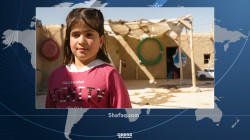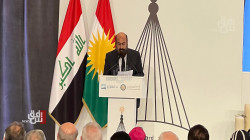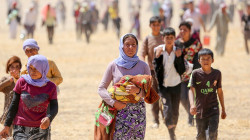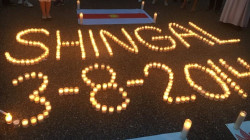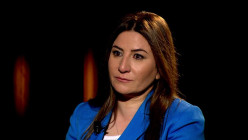Young Yazidi survivor paints ancient culture under threat from genocide
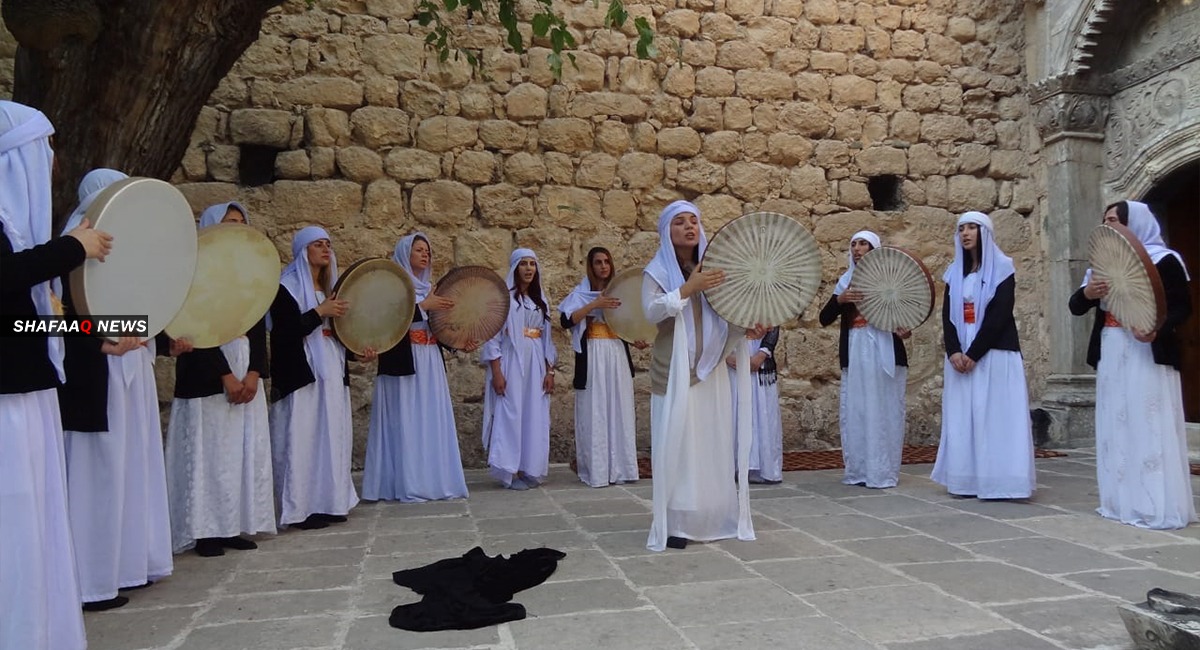
Shafaq News/ Malaeen Luqman was 13 years old when Islamic State militants kidnapped her family in a coordinated attack on the Yazidi homeland of Iraq’s Mount Sinjar in 2014. Separated from her mother and taken to Raqqa in Syria, she managed to escape to Turkey after 12 weeks of captivity.
Today, Malaeen is one of 16 women survivors scattered across camps in northern Iraq who are documenting the experiences and customs of the Yazidi people on camera, canvas and film to create a digital cultural archive. It is one of many initiatives to safeguard this fragile minority’s identity since Islamic State jihadis tried to erase their heritage by mass murder, sexual enslavement and the destruction of historic shrines and villages.
Considered heretics by the jihadis, 5,000 Yazidi civilians were killed when they refused to accept forced conversion following the onslaught. Some 2,700 Yazidi women and children remain unaccounted for. Though estimates vary, it is thought that Iraqi Yazidis numbered more than 600,000 when Islamic State embarked on what United Nations investigators have described as genocide.
Up to 40 per cent of Yazidis fled abroad. More than 200,000 are displaced and weary of living in displacement camps around Dohuk in northern Iraq. If they seek asylum in the West, the fear is that the memories and practices central to their culture and religion will disappear as well.
This esoteric peacock-worshipping sect has no holy book, and its sacred scriptures are passed on orally by a priestly caste of sheikhs. Yazidis do not accept religious converts and many elders have opposed writing oral traditions down or putting them online. Their syncretic faith combines elements of Zoroastrianism, Christianity and Islam, but as Gerard Russell remarks in his book Heirs to Forgotten Kingdoms: ‘The religion’s secrets have been kept well, even from its own followers.’
Young Yazidis’ urgent need to record their culture
However, Islamic State’s campaign of mass killings and kidnappings has convinced young Yazidi activists of the need to document their endangered belief system and to record their distinct oral history. The year-long cultural archive project, with the support of Community Jameel and led by Yazda, a Yazidi organization that champions religious minority groups, also aids the psychological recovery of girls such as Malaeen, says Nisha Sajnani, director of arts and health at New York University, who was an adviser to the programme.
The workshops and field trips help them to reconnect with themselves and to support one another. Participants chose their own subject matter, as having a choice matters to girls who were stripped of all their power when imprisoned. Art provides a way of expressing what they feel internally, Sajnani says: ‘By making the invisible visible and the intangible tangible they can compartmentalise their experience.’
For Malaeen, her drawing of a female face as a blur of grey and blue represents the intensity of the pain experienced by women. ‘I was a child when they captured me, I became an old woman after three months,’ she said. ‘I draw because I want people to know how my life was in captivity. It felt good expressing myself as I couldn’t speak.’
Yazidis forbid marriage outside the community and sexual contact with a non-believer means banishment. But after the 2014 attacks, the Baba Sheikh, the Yazidis’ religious leader, devised a new ritual for formerly enslaved women.
At the religion’s most important pilgrimage site, the Lalish Temple north of Mosul, these returnees are showered with holy water from a sacred spring. Afterwards they are considered ‘pure’ again in the eyes of their people and are welcomed back. ‘This was an incredibly radical move,’ says Christine Robbins, professor of Kurdish studies at Exeter University. ‘It is a sign that one of the world’s oldest religions can adapt to the modern era.’
This ceremony was captured in a film about Lalish made by survivors as part of the archive, which is available on the Google Arts & Culture platform. In another scene, a religious musician, known as a qewal, sings a haunting song from the temple walls. These Yazidi hymns passed orally from one generation to the next, with musicians learning up to 500 pieces. The Amar Foundation, a British charity, has been recording and cataloguing this ancient music.
Traditional folk songs are being kept alive by a group of Yazidi girls, who set up a choir in a refugee camp. Many were abducted by Islamic State and singing offers an escape from the memories that haunt them. The songs are of love and loss and tragic heroism. The sacred recordings are being archived at the Bodleian Library in Oxford, and the Mosul and Dohuk libraries in Iraq. More songs are being notated to form a written canon for the first time.
Nadia Murad, a Yazidi who was co-winner of the 2018 Nobel Peace Prize at the age of 25, believes that empowering Yazidis to celebrate their heritage and providing safe spaces to practise their religion is crucial to counter the consequences of genocide. Many Yazidi women, who were sold and married to Islamic State fighters, were forced to convert to Islam. ‘They violated our religion in addition to our bodies,’ Murad told me.
Her charity, Nadia’s Initiative, has restored three destroyed Yazidi temples, whose cone-shaped roofs represent rays of the sun shining on the Earth, to rebuild social cohesion. Families can attend holy days and festivals which reinforce a sense of belonging. Murad added: ‘It is healing to know that our heritage will be preserved for the future.’
The Yazidi diaspora
Until recently, no temples were built outside Iraq but the Islamic State atrocities galvanized the Yazidi diaspora in the Caucasus to create their own places of worship. In the Armenian village of Aknalich, in sight of Mount Ararat, now stands the largest Yazidi temple in the world. A Yazidi-Armenian businessman paid for the white-spired building, which was finished in 2019.
In Georgia, the Yazidi community has shrunk to a fifth of its previous size due to emigration. Those who remain fear their culture is being diluted by a slow but steady assimilation into Georgian society. It is hoped a recently built temple, which nestles between Soviet-era tower blocks on the outskirts of the capital Tbilisi, will help safeguard the faith’s identity, along with the first Yazidi theology degree course being offered at an associated academy nearby.
As part of another initiative, in the sprawling tent cities of Iraq a group of young poets, musicians and filmmakers have spent the past year interviewing elderly inhabitants. Each family used to have a storyteller, usually a grandparent, who would perform songs, recite folklore tales and act as a custodian of family history.
They speak of village life, sheep being attacked by wolves and even a bear, and the pain of being forced to move into towns by the Iraqi dictator Saddam Hussein. This oral history will all be archived online so Yazidis around the world can use it as a collective memory.
The Yazidis say that over the centuries, they have survived 74 attempts to wipe them out. Malaeen found painting her experience and documenting her culture to be empowering. ‘It helped me to remember who I am and who my people are,’ she says. ‘Yazidi women are not weak. I want other people to know that we are back and stronger than before.’
(Helen Fitzwilliam for Chatham House)
